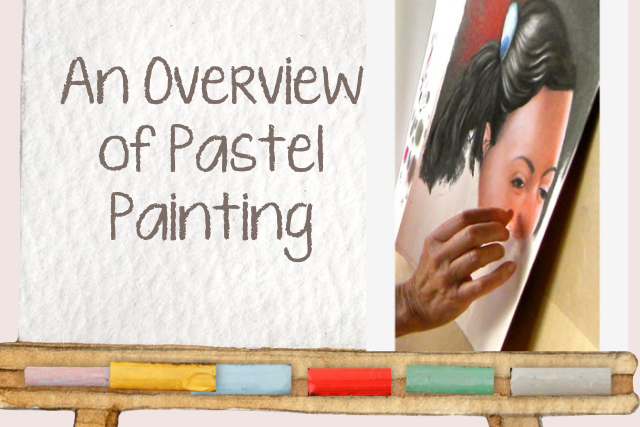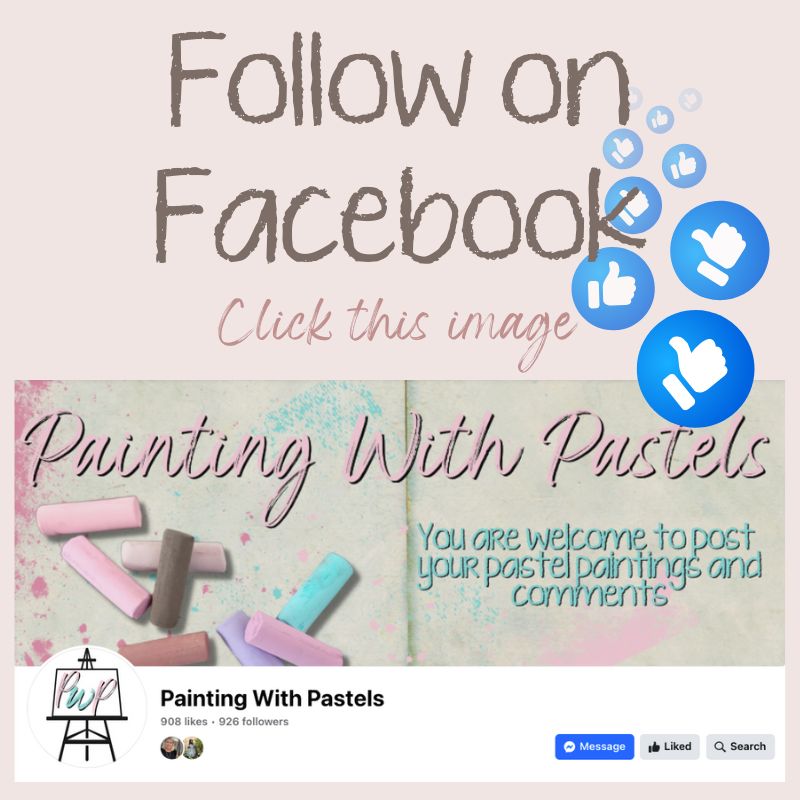Pastel painting is terrific for those who enjoy the freedom of free-flowing strokes. It is also an easy medium to use, with minimal clean-up.
A painting begins with gentle strokes first. The reason is that the stroke is vitally important. It is all in the building up of the colours and paint that gives depth to the painting. There are numerous pastel painting techniques that give you the ability to build up your own method of painting. These techniques are all in the above-mentioned strokes and hinge on how the artist creates them on the surface of the paper.
You can get pastels in full—and half-sized sticks in many different shades. The three major types are soft, medium, and hard pastels. The two most preferred varieties are the soft and hard varieties. Pastels are also available as oil pastels and pastel pencils. I discuss oil pastels here: How to Use Oil Pastels
There are many different pastel manufacturers, and they offer obvious differences in their products. Some are better than others, but it’s not always the price that guides the quality. You are able to purchase pastels from single sticks right through the large full-colour range boxes. I’ve found it best to buy single sticks when I’m testing out a new brand. It doesn’t matter if you’re painting portraits or landscapes; the versatility of pastels will produce gorgeous paintings. With pastels, you will find that each colour has a key tint with lighter or darker shades. If you begin by getting single sticks, then opt for one colour from each of these shades:
- warm or cold green,
- orange,
- cold yellow,
- cold or warm violet,
- warm or cold red
- cold or warm blue.
Usually, many artists will go for the second or third darkest tone of the primary tint. The number of colours available can be quite intimidating. However, to be able to paint correctly toned you need to make sure that you choose the right shades.
Art comes from the artistic, creative imagination within you, and you should let it ramble free. Most of the great artists did not get any recognized training to achieve their masterpieces. Study the techniques and put them into practice. By doing this, the artist within will appear, and beautiful pastel artwork will be created.
If you’re wanting step by step lessons head over to the Shop and view my books.




0 Comments